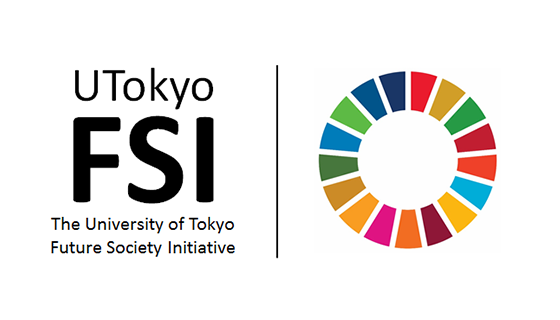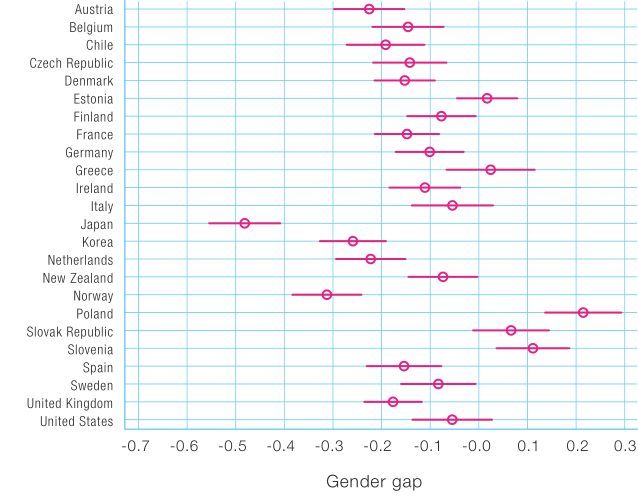Quantifying why Japanese female workforce participation isn’t increasing

This is a series of articles highlighting some of the research projects at the University of Tokyo registered under its Future Society Initiative (FSI), a framework that brings together ongoing research projects that contribute to the United Nations Sustainable Development Goals (SDGs).
FSI Project 038

It is often said that employment of female staff by Japanese businesses is making little progress. Joint research by Graduate School of Economics Professor Daiji Kawaguchi and doctoral student Takahiro Toriyabe has sought to use objective data to quantify and visualize this phenomenon.
For their data, the researchers used results from the Program for the International Assessment of Adult Competencies (PIAAC), compiled by the Organization for Economic Co-operation and Development (OECD) and covering more than 30 of its member countries. While analysis of over 5,000 individuals in each country showed slight differences between the literacy skills of men and women, there was little difference among the countries.
The researchers then made graphical representations of the data on the frequency of the use of these literacy skills in the workplace. To quantify the data, they tallied responses to questions such as, “How often do you read manuals and technical documents?” and “How often do you give instructions to subordinates on work tasks?” Results from this analysis on the use of literacy skills showed significant differences among countries. The numbers for Japan were especially low, followed by South Korea, then Norway and the Netherlands.

The chart compares the average gender gap in literacy skills and the frequency of literacy skill use. Red bars indicate values with a 95% confidence interval (margin of error), with the circle in the center representing the mean value. The data are standardized so that the global average is zero, with a standard deviation of one.
Kawaguchi called the data “extremely surprising,” saying that questions remained as to why this commonality exists between Asian and European countries with different cultures. The researchers found their answer in an unlikely place. From the overall PIAAC data, they extracted the gender gap in literacy skill use and the length of parental leave. They found that, as the length of parental leave increased, the gender gap in the frequency of literacy skill use in lower-skilled jobs decreased, whereas this gender difference increased for higher-skilled jobs. These findings indicate that longer parental leave programs tend to pull women away from workplaces that require more advanced skills.
Kawaguchi explained, “Of course, the reason why the female labor force in Japan is less employed is not just because of a longer parental leave program. We expect that there are multiple factors involved. With these data, which are the first to focus on these points, we hope to provide a useful resource for future government policy and corporate management decisions.”
SDGs supported by this project



Professor Daiji Kawaguchi │ Graduate School of Economics
Related links
- UTokyo FSI

- Visualization of Skill Utilization of Female Workers (FSI project page)

- Future Society Initiative Magazine






